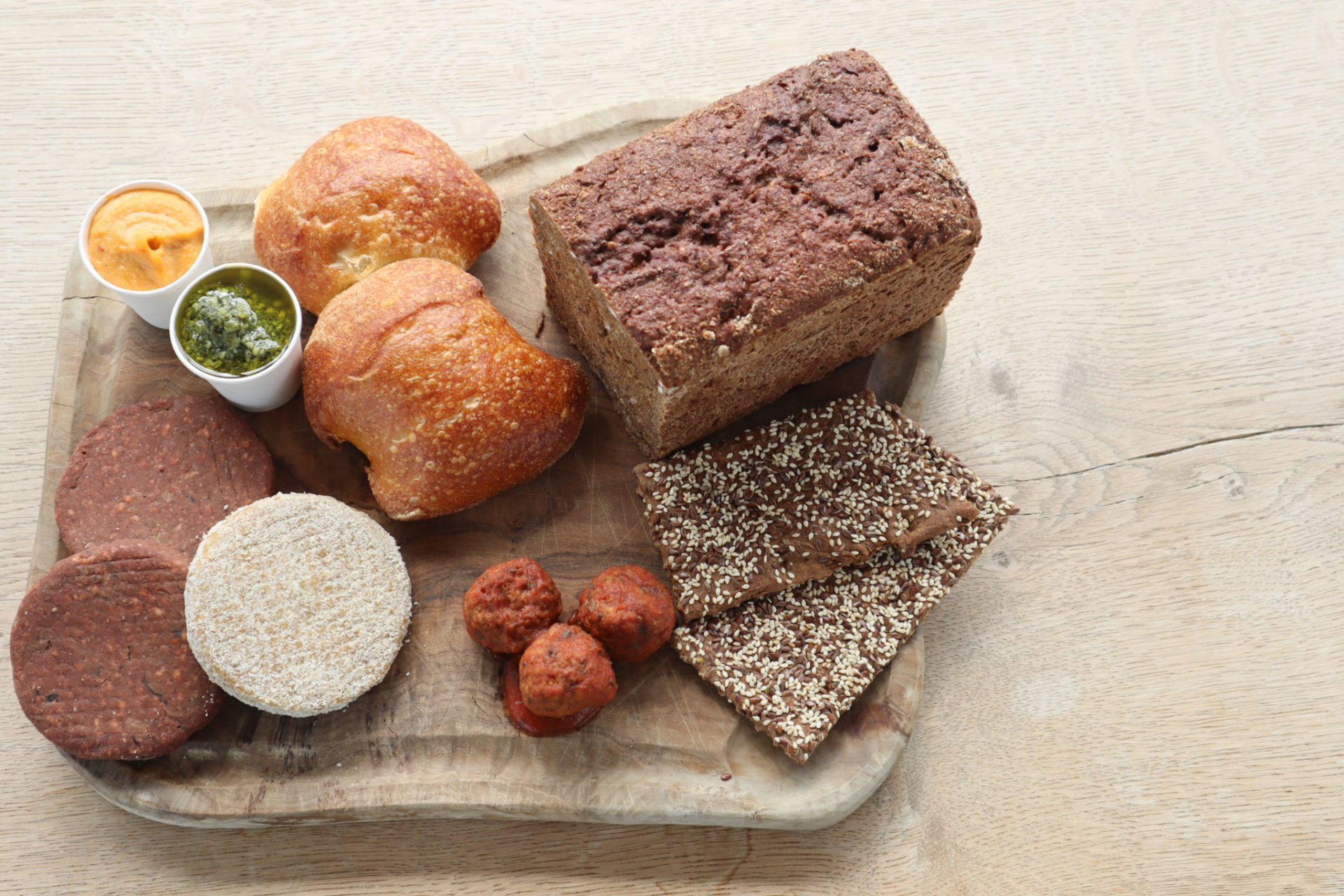Local grains that naturally binds our food together
A large demand within the food industry for better, healthier, and more natural binders has pushed the company FERM FOOD to develop a unique, natural, and multi-functional binder based on fermented local grain. A production method with a potential to reduce CO2 emissions by up to 60%.
Binders play an important role in food products, for instance, providing plant steaks with the desired shape, texture, and juice while holding the plant ingredients together. Currently, many binders in the food industry contain numerous additives, undergo extensive processing, and come at a higher cost. Today, there is a growing interest in the food industry for binders that are perceived as healthier, more natural, and cost-effective.
Using fermentation to turn grain into a multifunctional ingredient
FERM FOOD is a Danish manufacturer of plant ingredients for food, based on local crops. After several years of development using biotechnology, the company has come up with a new type of binder based on locally produced grain.
FERM FOOD produce its binder by adding natural lactic acid bacteria to grains, like rye, oats, and wheat followed by a controlled fermentation process. This way, FERM FOOD is able to make a combined filler, texturiser, and binder.
The ingredients based on fermented grains has shown to hold a wide range of different properties, including malleability and high-water retention capacity. The product also holds nutritional benefits, such as a high content of dietary fibre and improved availability of vitamins and minerals.
today, there is a growing
interest in the food industry for binders that are perceived as healthier, more
natural, and cost-effective
Multiple functions with a lower carbon footprint
Fermented grains have a wide range of properties that multiple food categories can benefit from. The product can be used as an ingredient in both baked goods, meat products and the plant-based category and contributes with binding capacity, malleability, fullness, texture, and a low carbon
footprint. Compared to the production of other fillers, texturizers, and ordinary binders for food, the bio solutions-method developed by FERM FOOD is expected to reduce CO2- emissions by up to 60%.


